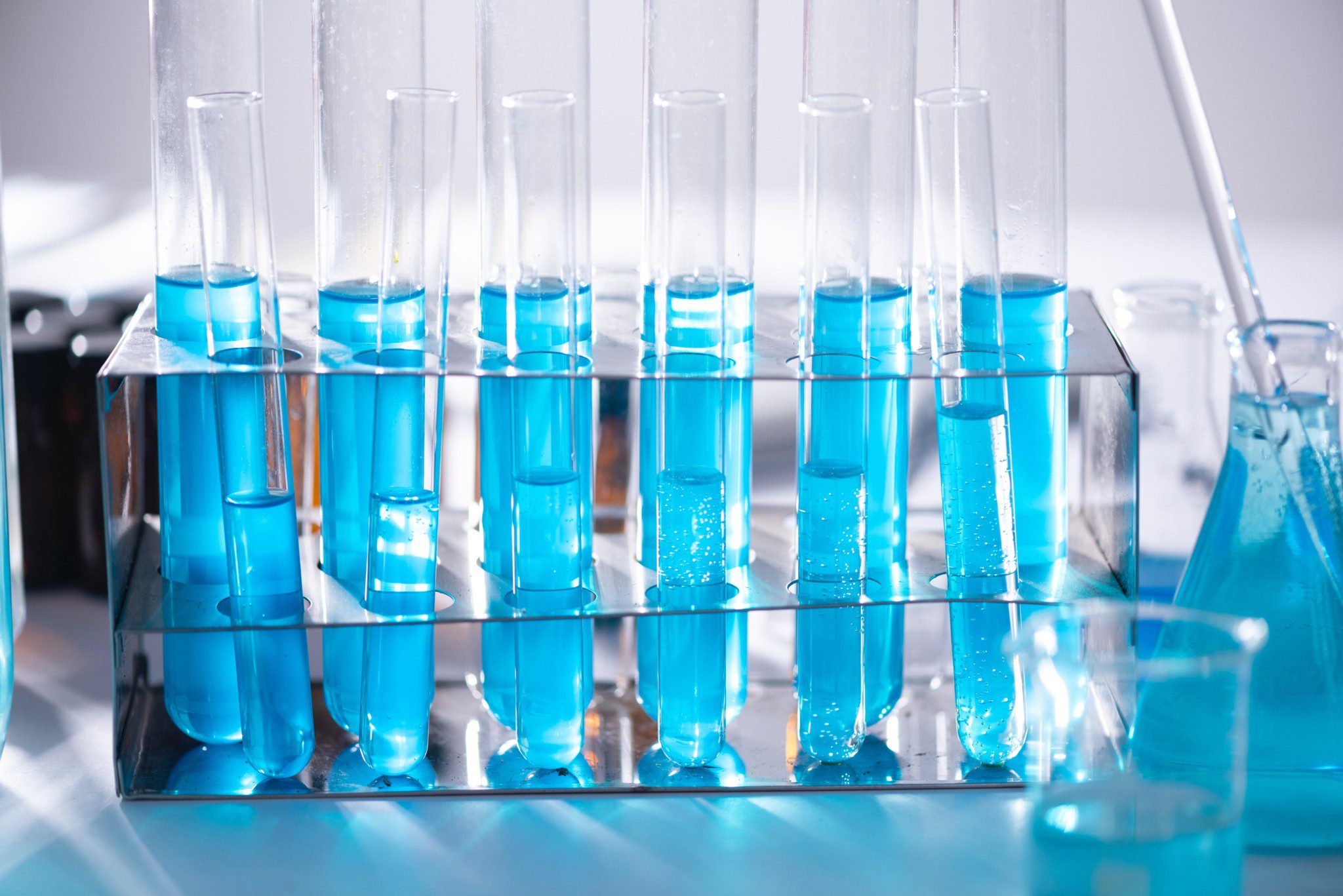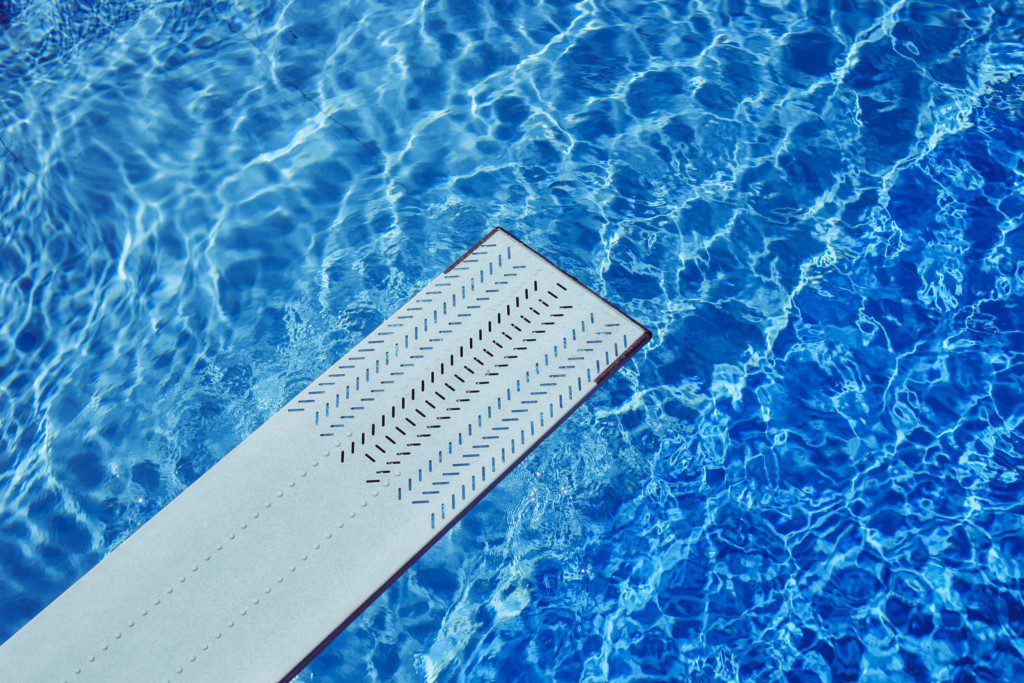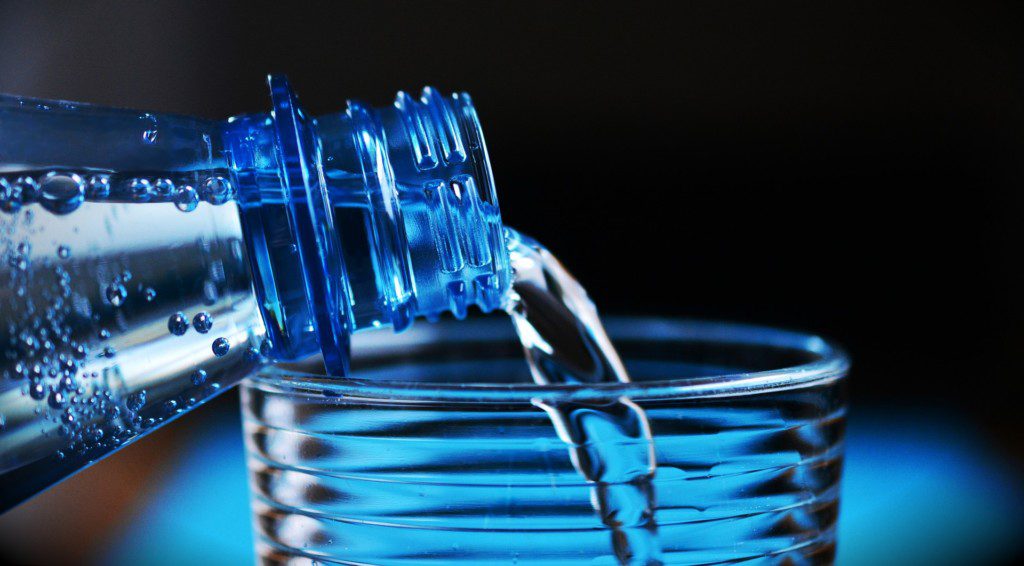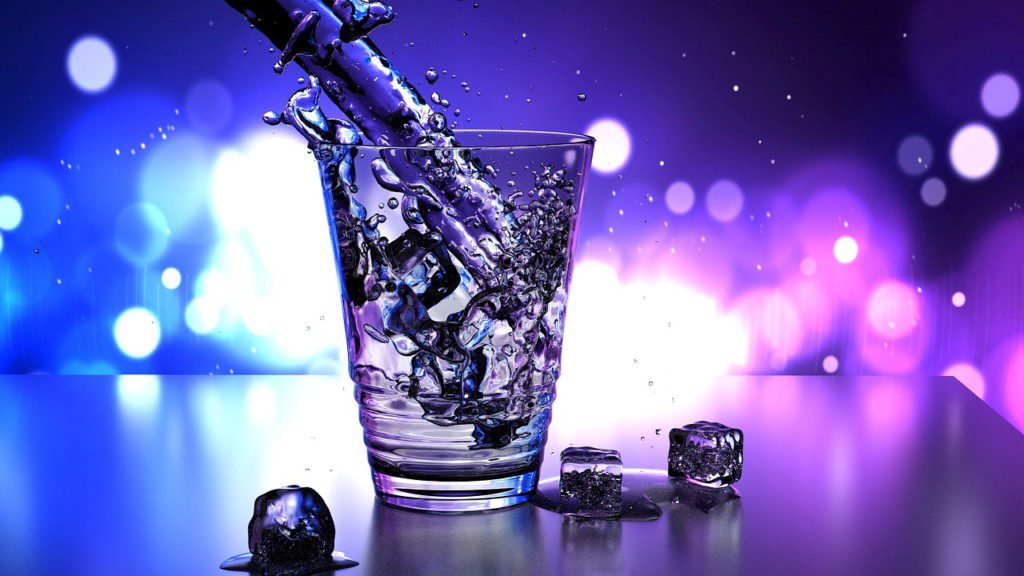11/12/2019 | Industrial Water Treatment | 9 MINUTE READ
Common Applications of Chlorine Dioxide

Chlorine dioxide is a common chemical compound that is composed of two atoms of oxygen and one atom of chlorine. At room temperature, chlorine dioxide is a gas with a yellowish-green or red color to it that will dissolve when coming into contact with water.
The most important quality of this gas is that it can be used to disinfect drinking water and other substances, which makes it very important for a wide range of industrial and municipal applications. This gas is typically produced from either sodium chlorite or sodium chlorate.
When this substance is added to water, it can eliminate viruses, bacteria, and a variety of different parasites that can get into the water. While chlorine dioxide is highly effective at disinfecting water, it’s also important that the amount of chlorine dioxide in the water isn’t too high. With drinking water, the EPA has stated that the max amount of chlorine dioxide in drinking water must be 0.8 PPM or less. When you need to measure the concentration of chlorine dioxide in your water, you can do so with an amperometric chlorine dioxide sensor.
This sensor comes with two electrodes, a fill solution and a membrane, which allows it to accurately measure the amount of chlorine dioxide in water before providing you with a precise reading. The amperometric sensor can also be paired with a flow cell or flow regulator to make sure that the measurement isn’t disturbed by any outside factors. Before you shop for a chlorine dioxide sensor, it’s important to identify if this sensor is right for you. An amperometric sensor can be used for any application that requires the disinfection of water.
Along with food and beverage production, the measurement of chlorine dioxide concentration can also occur with the sterilization of medical equipment, paper manufacturing, and the disinfection of cooling towers. While chlorine dioxide is primarily used for the disinfection of water, the gas is also used in the processing of wood pulp and the disinfection of laboratory rooms and equipment. Before you start using chlorine dioxide, it’s recommended that you understand the various applications that this substance can be used for, the most common of which will be discussed in the following.
Primary Disinfectant for Water Treatment

Chlorine dioxide is mainly used as a disinfectant for water treatment. While free chlorine can be successful when used for the same purposes, chlorine dioxide isn’t affected by pH in the same way, which makes chlorine dioxide highly effective for disinfection in even cold water. Whether your business creates bottled water or is involved in irrigation, the main goal of water treatment is to improve the quality of the water by getting rid of viruses, bacteria, and other harmful substances in the water.
When chlorine dioxide is being used for water treatment purposes, this chemical is able to disinfect water through the oxidation process. It is comprised of 19 separate electrons and will only attack substances that take up or give off an electron, which allows it to effectively get rid of unwanted substances in the water. When looking specifically at bacterial cells, chlorine dioxide works by interrupting a variety of cellular processes within the bacterial cells. While it’s unclear as to whether the carbon dioxide attacks the acids within the cell or the actual structure of the cell, it’s known that the substance prevents additional proteins from being produced.
As for viruses, these are eradicated when the chlorine dioxide interacts with peptone, which ensures that protein formation is prevented. To understand how effective chlorine dioxide can be for disinfection during water treatment, it’s better at eliminating viruses when compared to both ozone and standard chlorine. Some of the common applications for chlorine dioxide as water treatment include water treatment for industrial processes, the disinfection of sewage water, and the disinfection of cooling tower water. For homeowners, chlorine dioxide is commonly used to disinfect outdoor swimming pools.
Medical Applications

Chlorine dioxide gas is primarily used for medical applications as a disinfectant. No matter the medical setting, this gas is able to disinfect all kinds of laboratory and medical equipment, rooms, tools, and surfaces. In a medical setting, it’s essential that the area is sterile to reduce the possibility that a virus or bacteria in the air affects a patient who’s suffering from an illness. Chlorine dioxide has already proven to be very effective at getting rid of a bacteria known as legionella pneumophila, which is a kind of bacteria that can lead to the development of a very serious form of pneumonia.
In a hospital environment, the development of pneumonia becomes deadlier than it typically is, which is why the use of carbon dioxide gas is beneficial. Keep in mind that chlorine dioxide is not meant to be used as a treatment for various ailments, which is a myth that has become surprisingly widespread. Since chlorine dioxide is considered to be more effective at eradicating viruses than chlorine, it should be used for the disinfection of medical applications instead of chlorine.
Pre-Oxidant for Drinking Water Safety

When looking at drinking water safety, chlorine dioxide is commonly used as a pre-oxidant for the water. If you add chlorine dioxide to the water before oxidation occurs, you will be able to prevent bacteria and algae from developing in future stages of water treatment, which is an essential component of making sure that water is safe to drink. Any floating particles in the water are oxidized when coming into contact with chlorine dioxide, which ensures that any turbidity of the surface water is removed. Very low turbidity equates to clear drinking water.
If any bio film forms in the water distribution network, chlorine dioxide is the only chemical that’s able to effectively remove bio film, which ensures that pathogenic microorganisms are killed. Since chlorine dioxide can remain active in water for as long as 48 hours, it will also prevent future buildup of bio film. if you don’t apply chlorine dioxide during the pre-oxidation phase of water treatment, there’s a higher risk that bacteria and viruses will develop, which only serves to lessen the quality of the water and make it more harmful for people to drink.
Industrial Applications

Chlorine dioxide can also be used for a wide range of industrial applications, the primary of which involves the disinfection of cooling towers. When placed into the water, chlorine dioxide is able to disinfect the water that’s contained within cooling towers. Among the best aspect of using chlorine dioxide in a cooling tower is that doing so allows for the removal of any built-up bio film as well as the prevention of future bio film formation.
The removal of bio film is highly beneficial for companies that use cooling towers because it prevents piping and equipment within the cooling tower from becoming corroded and damaged. As such, the pumping efficiency of the cooling towers is significantly improved. Cooling towers are also known to be comprised of the ideal conditions for the development of the harmful legionella bacteria. Chlorine dioxide is able to effectively remove this bacteria.
Odor and Taste Control

Another reason that chlorine dioxide is used during the water treatment process of drinking water is because it can provide companies with useful odor and taste control. When placed into water, chlorine dioxide is able to kill bacteria and algae that cause bad odors and tastes to develop. Because of these benefits, chlorine dioxide is also commonly used in the composition of personal hygiene items. When used in mouthwash products, chlorine dioxide acts as an oxidizing biocide that can assist in getting rid of bad breath. The presence of volatile phenols in the water can cause taste and odor issues as well. These phenols can be destroyed by chlorine dioxide.
Safety Information for Use
Before you use chlorine dioxide, there is some safety information that you should be aware of. While this chemical is used to disinfect drinking water, EPA guidelines state that the concentration of chlorine dioxide in drinking water should be no more than 0.8 PPM. When looking specifically at the pure gas form of chlorine dioxide, this is considered to be a hazardous gas. If you breathe in high amounts of carbon dioxide, your lungs could become irritated, which may lead to a shortness of breath and coughing. At very high exposures to the substance, fluid could build up in the lungs, which is considered to be a medical emergency. This fluid buildup is typically accompanied by severe shortness of breath.
While it’s not safe to breathe in chlorine dioxide, it’s also a rare occurrence. Once chlorine dioxide makes contact with air, it will quickly break down into oxygen and chlorine gas. If you’re using chlorine dioxide in your workplace, safety guidelines have been set to make sure that there’s never too much chlorine dioxide gas in the air. The OSHA has implemented regulations that state that chlorine dioxide concentrations in the air should be no higher than 0.1 PPM. If ever you handle chlorine dioxide gas, make sure that you follow standard workplace regulations for working with hazardous chemicals. For instance, it’s important that you wear personal protective equipment in order to avoid direct exposure to these chemicals.
Disinfecting Your Water With Chlorine Dioxide
There are a wide range of benefits towards using chlorine dioxide for the disinfection of water. When compared to chlorine, this substance is highly soluble in all water temperatures, which includes cold water. In fact, it’s around 10 times more soluble in water than chlorine. Another great aspect of chlorine dioxide is that it doesn’t become less effective at disinfecting water whenever any pH changes occur. As such, it can continue disinfecting the water for days after you first used it.
While chlorine dioxide is considered to be an effective disinfectant of bacteria, it’s becoming increasingly popular because of how well it’s able to work as a virus disinfectant. Pathogens like Cryptosporidium and Giardia have become resistant to chlorine, which is why chlorine dioxide can be more effective for the eradication of pathogens. If you’re looking to remove high concentrations of manganese or iron from your water, chlorine dioxide is better at removing these substances when compared to chlorine.
Whether you want to use chlorine dioxide as a disinfectant for water treatment purposes or for taste and odor control, it’s highly important that you’re careful when using this chemical compound. Because this chemical is hazardous in its pure gas form, you should adhere to the right safety measures before you handle the substance. When you start to use chlorine dioxide, it’s also recommended that you select a chlorine dioxide sensor to make sure that the concentration levels are correct.
If you have any questions about your smart water sensors, contact Sensorex today for all of your water measurement needs!
Posted by Sensorex on November 12, 2019
Sensorex is a global leader in the design and manufacture of quality sensors for water quality and process applications. The company offers more than 2000 sensor packages for pH, ORP, conductivity, dissolved oxygen, free chlorine, chlorine dioxide, UV transmittance and other specialty measurements, as well as a full line of sensor accessories and transmitters. Its expert technical support engineers solve analytical sensor challenges with custom designs and off the shelf products.




